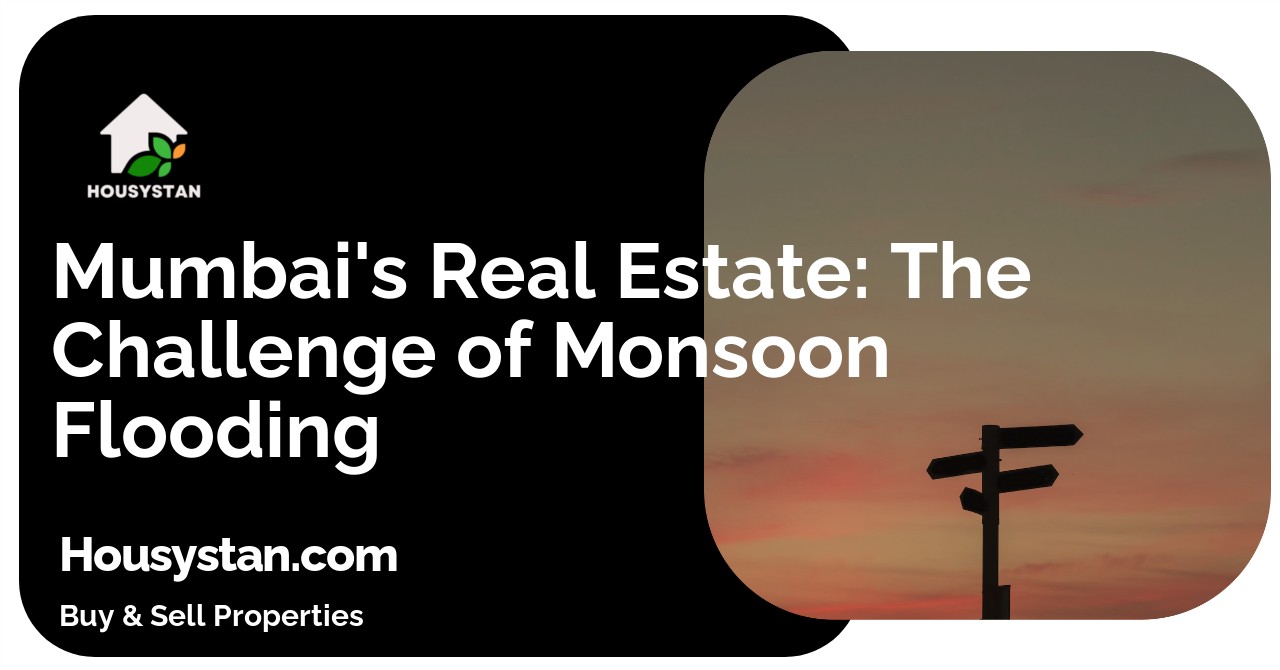Mumbai's Real Estate: The Challenge of Monsoon Flooding
Read latest blogs and articles from Housystan

The Information mentioned here was last updated on:
4/12/2025Mumbai’s Real Estate: Navigating the Challenge of Monsoon Flooding
Mumbai, India’s bustling financial capital, is renowned for its dynamic real estate market and rapidly evolving skyline. However, the city’s location along the Arabian Sea brings a unique set of challenges, particularly during the annual monsoon season. Flooding is a recurrent issue that impacts both property owners and prospective buyers, making it essential for anyone interested in Mumbai real estate to understand the implications of heavy rainfall on property investment and urban living.
Each year, between June and September, Mumbai receives heavy rainfall, leading to frequent waterlogging in several neighborhoods. This annual deluge not only disrupts daily life but also poses significant risks to residential and commercial properties. Properties situated in low-lying areas or near the Mithi River are especially vulnerable to flooding, which can result in structural damage, increased maintenance costs, and depreciated property values over time. As a result, real estate investors and homebuyers are increasingly prioritizing flood-resistant construction and effective drainage solutions when making decisions.
- Verified Tenants/Buyers
- Unlimited Property Listing
- Zero subscription/charges fee
Modern real estate developers in Mumbai are responding to these challenges by adopting innovative designs, elevated structures, and advanced waterproofing technologies. Many new projects now incorporate rainwater harvesting systems, efficient sewage management, and flood barriers to minimize the impact of monsoon floods. Buyers are advised to seek properties developed by reputed builders who focus on disaster resilience and compliance with municipal guidelines for flood prevention. In addition, proximity to essential infrastructure like hospitals, schools, and transport links can be a deciding factor, as accessibility during the monsoon is crucial.
Those considering property investment in Mumbai should conduct thorough due diligence, including reviewing the flood history of specific locations and consulting with local real estate experts. Premium neighborhoods such as Bandra, Juhu, and Powai often offer better drainage and infrastructure, making them attractive options despite higher price tags. Ultimately, understanding the interplay between Mumbai’s unique climate and its property market enables buyers and investors to make informed, future-proof decisions in one of India’s most vibrant cities.